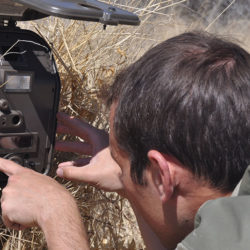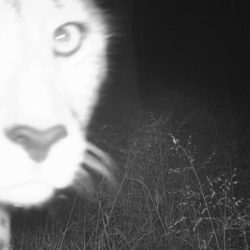Cheetahs, Camera Traps, & Communities
-

- by Dr. Louisa Richmond-Coggan February 16, 2016
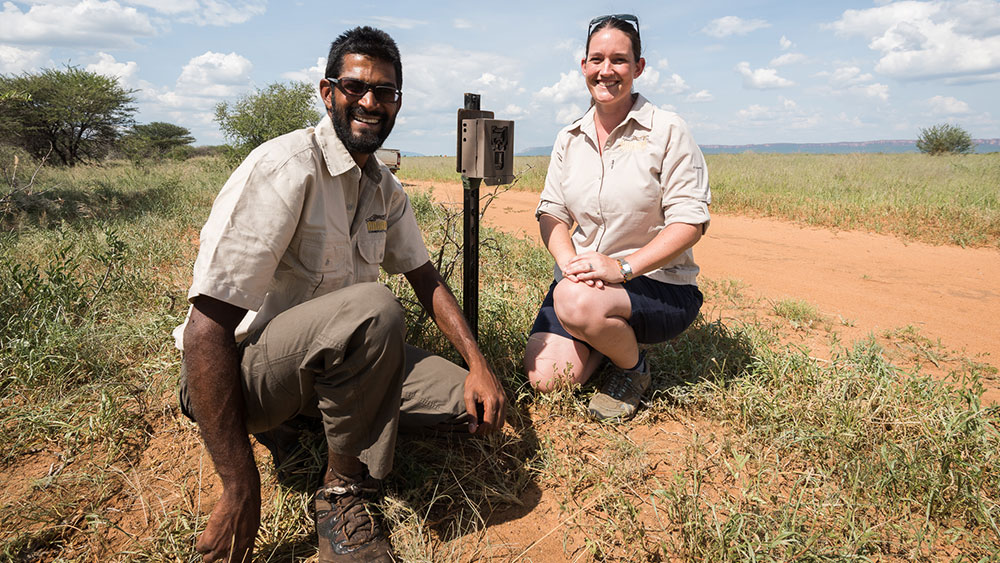
Camera trapping has begun at 40 sites in the Waterberg Conservancy using funds from the Go Green Fund and the 25 camera traps kindly donated by Aktionsgemeinschaft Artenschutz (AGA). The goal of the project is to determine the carnivore density and human-carnivore conflict areas for cheetah (Acinonyx jubatus) and other key large carnivores across the Greater Waterberg Landscape (GWL), Namibia. The GWL is comprised of five conservancies, one commercial (Waterberg) and four communal (Ozonahi, Okamatapati, Otjituuo, African Wild Dog).
The project aims to find out where the carnivores are distributed across the GWL, determine relative density, map the human-wildlife conflict (HWC) hot spot areas and in turn run targeted livestock and wildlife integrated training workshops to teach mitigation methods to reduce loss. The project will use a mixture of methods; camera traps, questionnaires, HWC reports to the Ministry of Environment and Tourism (MET) and other sources to determine presence of the key carnivores resident in the area, namely African wild dog, cheetah and leopard. The camera trapping will be covering both wet and dry seasons to determine if these variables affect carnivore distribution over the landscape. The wet season also ties into calving season within the farming community that may again influence carnivore distribution and abundance.
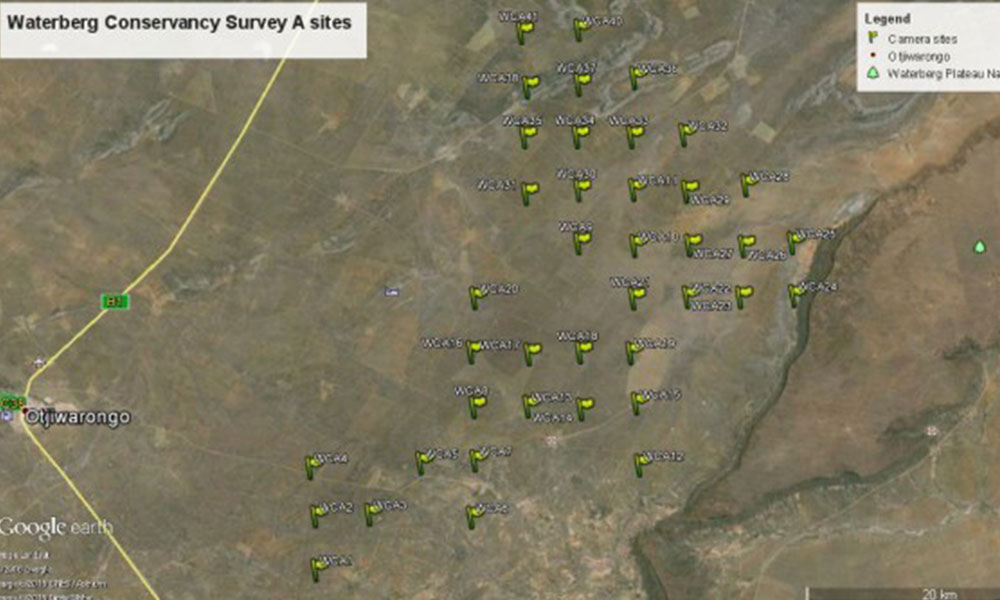
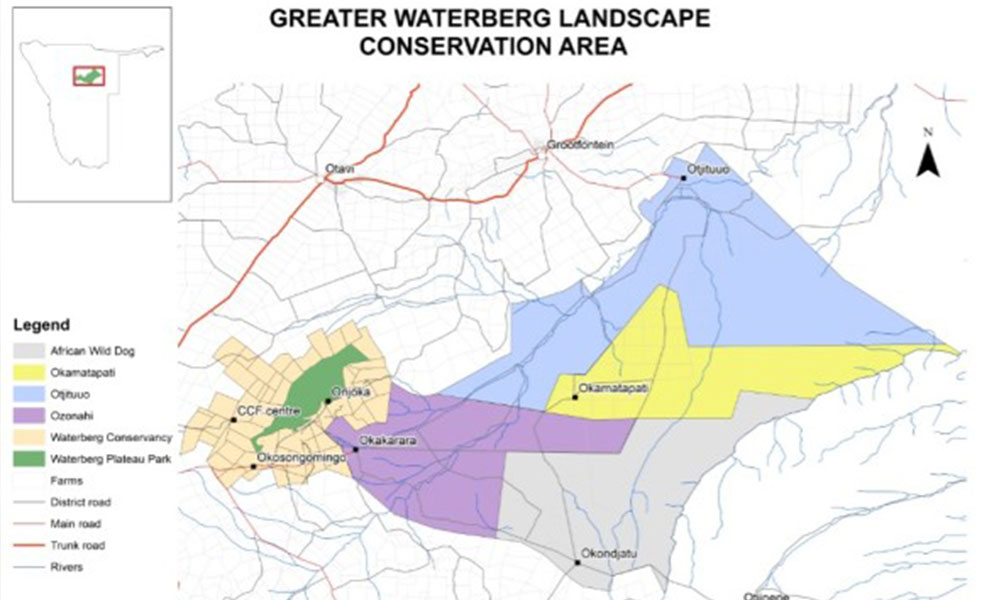
CCF believes that this is a key project not only as it relates to the further understand of the ‘Critically Endangered’ wild dog and the ‘Vulnerable’ cheetah in the region but as the landscape is a mixture of communal and commercial farms it’s possible to get a deeper insight as to how these large carnivores are surviving across the mixed farmland.
Find out what we captured on our camera traps by checking back here for project updates and photos!
Related Reading
-
February 1, 2022
Eyes in the Bush, Brains in the Cloud -
May 29, 2020
Cheetahs and Hyenas on CCF’s Camera Traps -
January 28, 2018
Camera Traps at CCF’s Reserve


